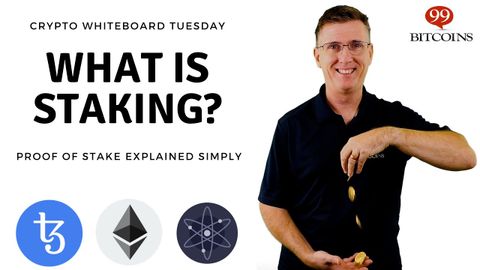What is Proof of Stake? - Earn Passive Income with Staking
Evita Chen が 2021 年 02 月 21 日 に投稿  この条件に一致する単語はありません
この条件に一致する単語はありませんUS /səbˈskraɪb/
・
UK /səb'skraɪb/
- v.t./i.(定期的なサービスに)申し込む : 予約をする : 予約金を払う
US /ˈdɛdɪˌketɪd/
・
UK /'dedɪkeɪtɪd/
- v.t.捧げた;専念した;捧げる
- adj.熱心な : 献身的な;専用の
US /ɔlˈtɚnətɪv, æl-/
・
UK /ɔ:lˈtɜ:nətɪv/
- n. (c./u.)条件;期間;学期;用語;関係;項;妊娠期間;任期
- v.t.称する
エネルギーを使用
すべての単語を解除
発音・解説・フィルター機能を解除

